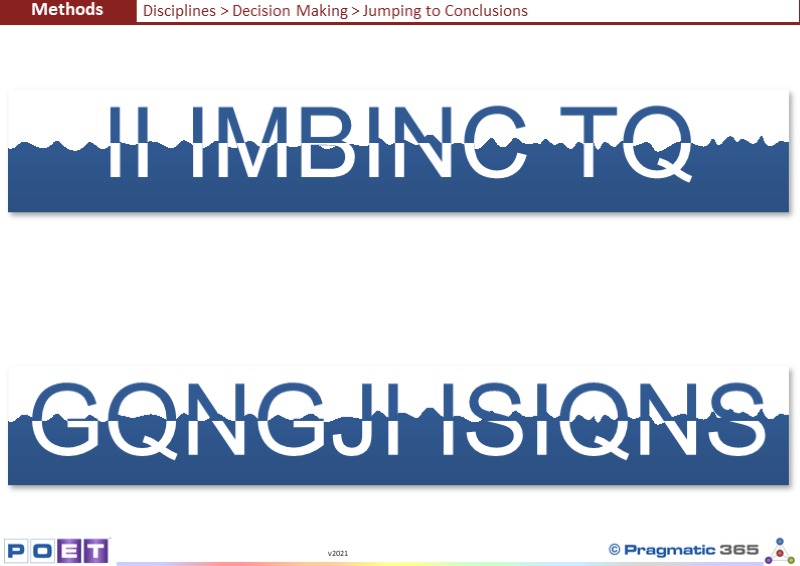
If you canít see the solution, you donít understand the
problem but if you can see the solution, you may still not understand the
problem! Moral of the story - Donít jump to conclusions, even if those
conclusions seem to be obvious.
The problem is that, this tends to happen quite often. Many
decisions that are taken are made without the required information to make them
decisions as opposed to essentially arbitrary guesses.
...to read more, please Login or Register